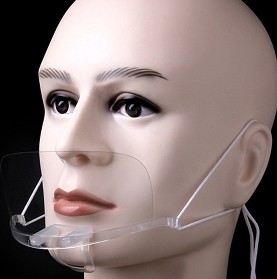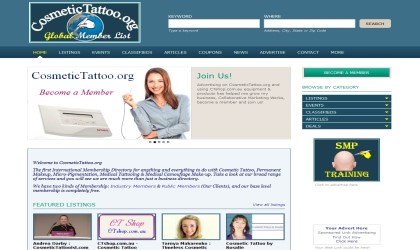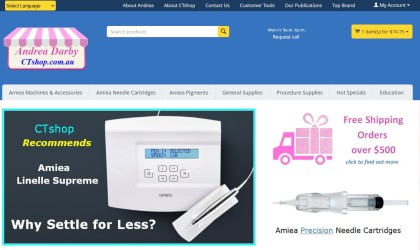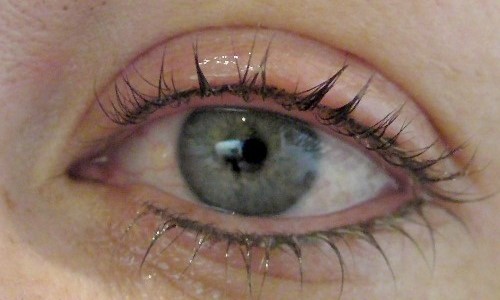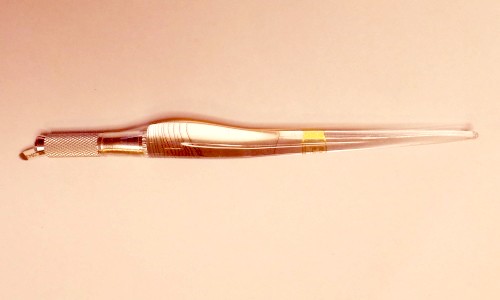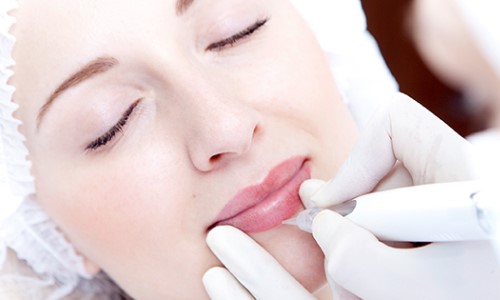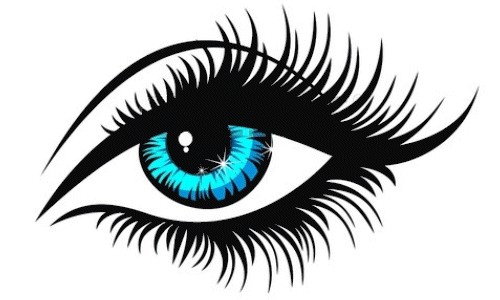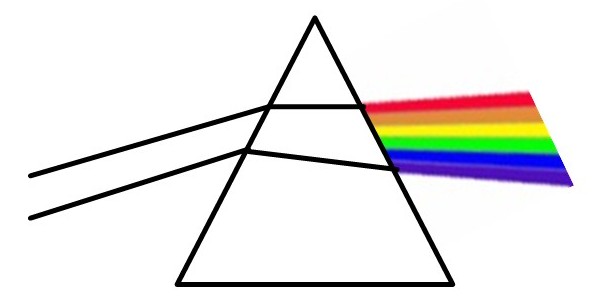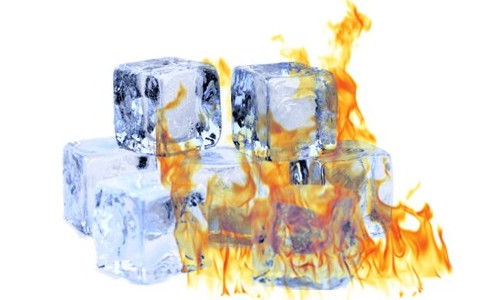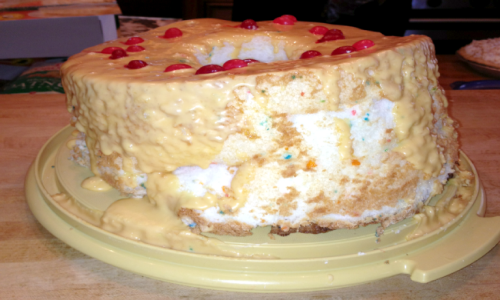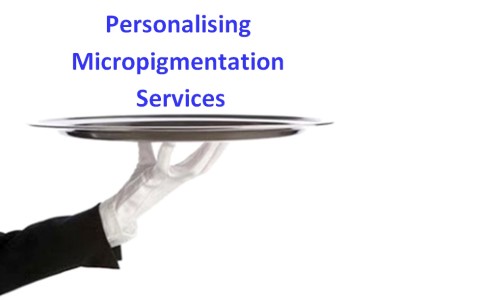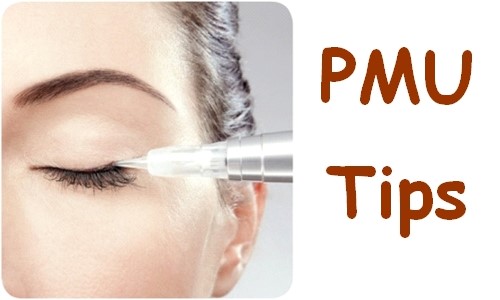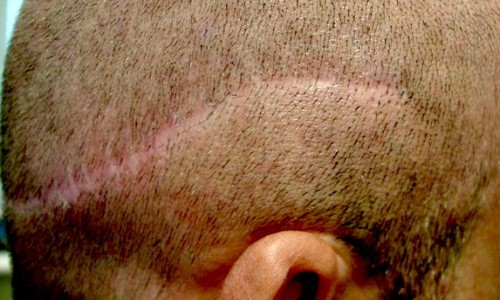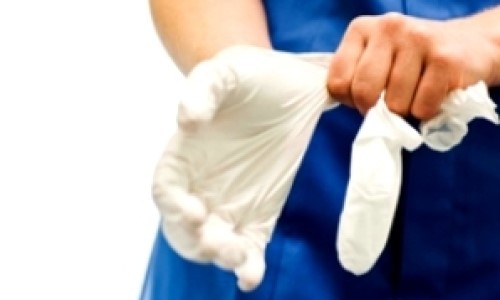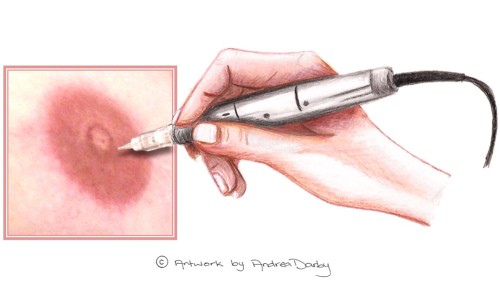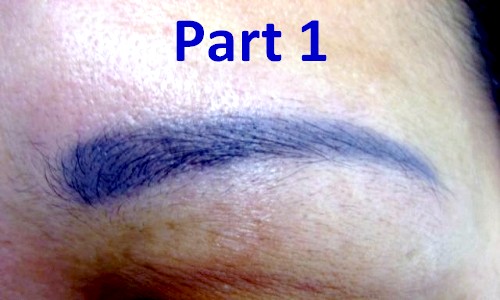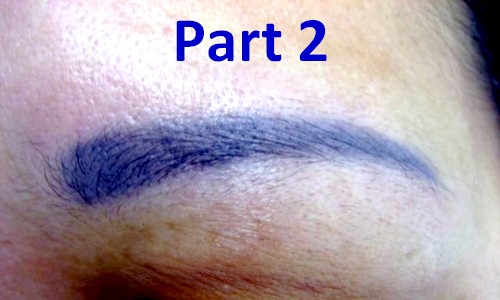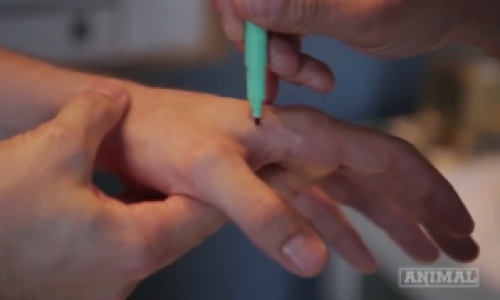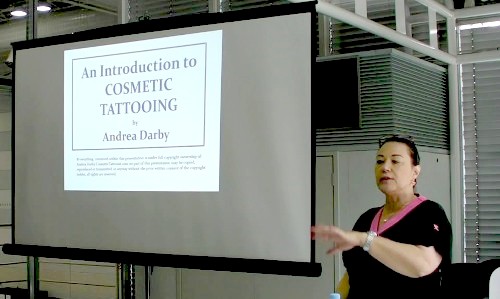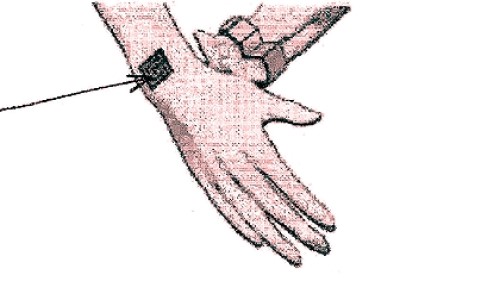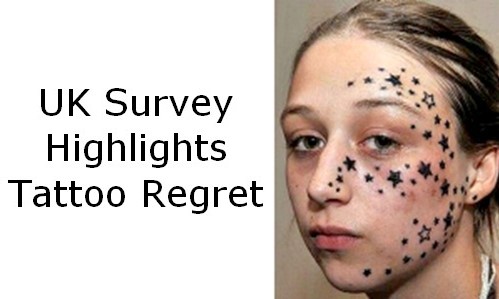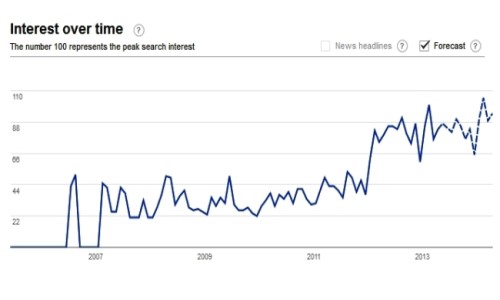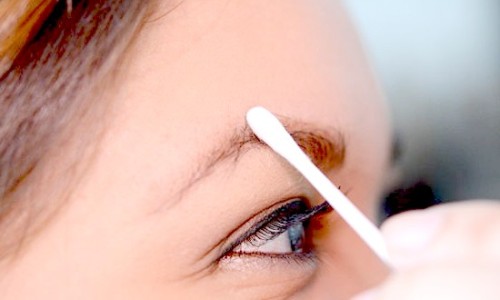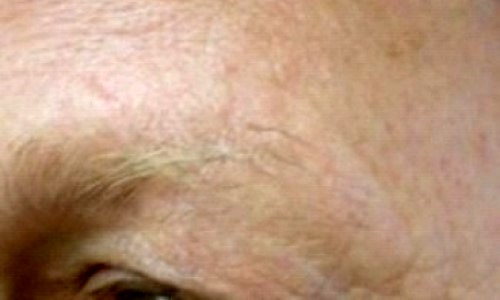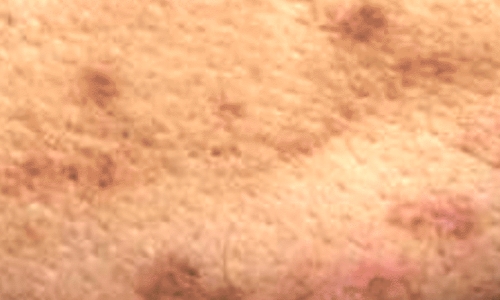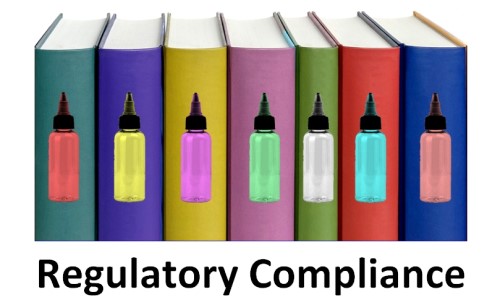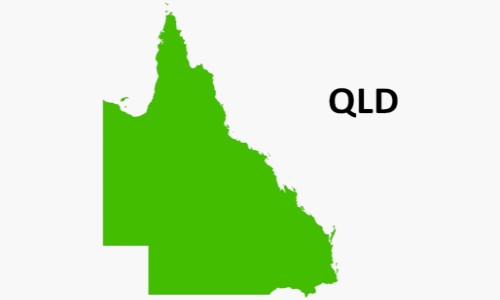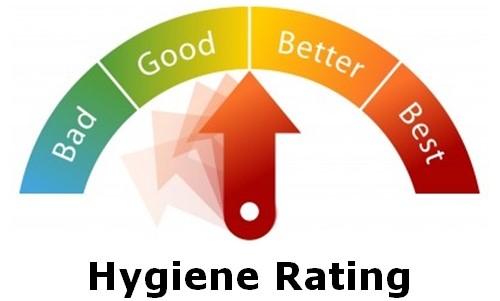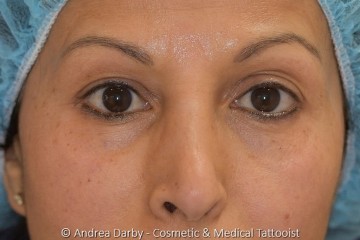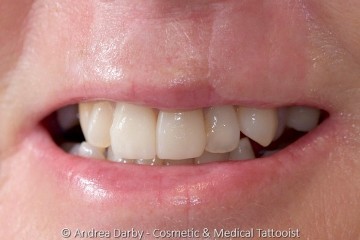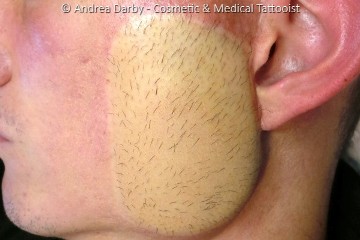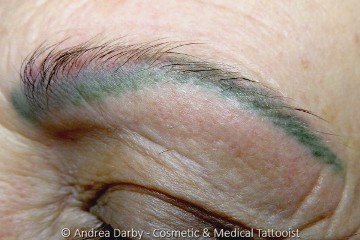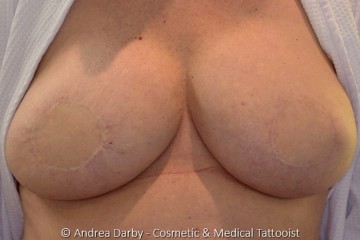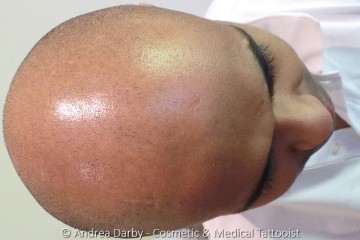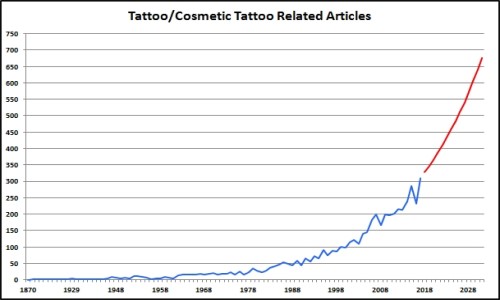Cart is empty
Face Masks for Cosmetic Tattooing
04/09/2017
by Andrea Darby - Master Medical Tattooist & Industry Educator
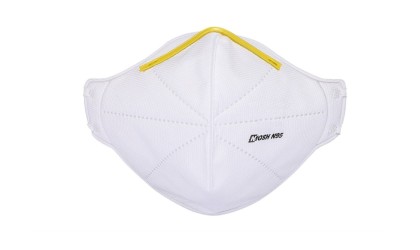
We have had a number of enquiries from technicians about which types of face masks are most suitable for use by the majority of Cosmetic Tattooists and requests for our opinion if the transparent mouth shields (partial shields) that have recently found their way into the market place are suitable PPE for skin penetration / cosmetic tattooing services, hopefully this publication will clarify the situation.
▼ Continue Reading ▼
The Standards In December 2015, Standards Australia published AS 4381: 20151 which is an updated version of the standard for single-use face masks for use in health care, the new standard is intended to harmonise with the North American standard ASTM F2100-11 and European standard (EN) 14683. Products which are supplied in Australia need to comply with AS 4381: 2015 if they purport to provide the protections described within the standard.
Manufacturers of surgical face masks may describe their products as having Level 1-3 protection depending on the Bacterial Filtration Efficiency (BFE), Particulate Filtration (PF), Differential Pressure (DP), and Fluid Resistance (FR). Broadly speaking we can describe the 3 levels as per the following; Level 1 - BFE ≥ 95% (0.1μm), DP < 4.0 mm H2O/cm2, PF (N/A), FR 80mm Hg Level 2 - BFE ≥ 98% (0.1μm), DP < 5.0 mm H2O/cm2, PF (N/A), FR 120mm Hg Level 3 - BFE ≥ 98% (0.1μm), DP < 5.0 mm H2O/cm2, PF (N/A), FR 160mm Hg Over time the use of a surgical facemask by healthcare workers has changed focus away from protection of the patient and towards the protection of the healthcare staff 2,3, depending on the type the modern use of surgical face marks may help to protect both the cosmetic tattoo technician and the client from a number of risks, the examples below illustrate how different types of risk can be managed with different levels of mask protection;
You can see from the above that the protection provided by the use of surgical face masks is largely dependant upon the filtration capacity and fluid resistance of the mask and the selection of protection level is dependant on the type of procedure and risk assessment of the procedure.
Q: Are transparent mouth shields a suitable alternative to disposable surgical face masks for cosmetic tattoo services? A: We do not recommend the use of Transparent Mouth Shield's (TMS) in place of disposable surgical face masks for the following reasons;
NB. Transparent mouth shield's should not be confused / compared with with full face shields which are sometimes used in high risk procedures in conjunction with Level 3 surgical face masks.
A: The closest occupation where expert disease control advice is available for the use of personal protective equipment is from within the health care sector, cosmetic tattoo services have similar risks as the risks to health care workers during wound care and skin penetration procedures. The USA Centers for Disease Control and Prevention provide the following succinct information for the selection and use of face masks; Incorrect Use of a Face Mask
A: This depends on the type of equipment being used, in most circumstances a Level 2 Mask
was probably adequate prior to SARS-CoV-2 Virus Pandemic but in the post
pandemic situation a Level 3 mask or N95 respirator offers better protection for
both the client and the technician, also some equipment may expose the technician to greater risk of splashes of blood
and bodily fluids in which case a Level 3 mask or N95 respirator (if aerosol
particles are suspected). References
Copyright © 2017 CTshop.com.au & the article author All Rights Reserved. No copying, transmission or reproduction of site content is permitted without our prior written consent.
Printing Restriction: This article is print disabled, please read our Intellectual Property & Copyright Policies if you would like to request a copy or permission to use the article content for any purpose. |
Site News Selection
Educational Article Selection
Regulatory Article Selection
Client Case Studies Selection
Science Library Selection
Complete regrowth of hair following scalp tattooing in a patient with alopecia universalis
31/01/2023
Atypical Intraepidermal Melanocytic Proliferation Masked by a Tattoo: Implications for Tattoo Artist
20/09/2018
Chemical conjunctivitis and diffuse lamellar keratitis after removal of eyelash extensions
26/08/2018
Scarless Breast Reconstruction: Indications and Techniques for Optimizing Aesthetic Outcomes
07/04/2018
High speed ink aggregates are ejected from tattoos during Q‐switched Nd:YAG laser treatments
28/03/2018
Unveiling skin macrophage dynamics explains both tattoo persistence and strenuous removal
08/03/2018
Granulomatous Tattoo reaction with Associated Uveitis successfully treated with methotrexate
08/02/2018
Identification of organic pigments in tattoo inks & permanent make-up using laser mass spectrometry
07/02/2018
Microbiological survey of commercial tattoo and permanent makeup inks available in the United States
03/02/2018

